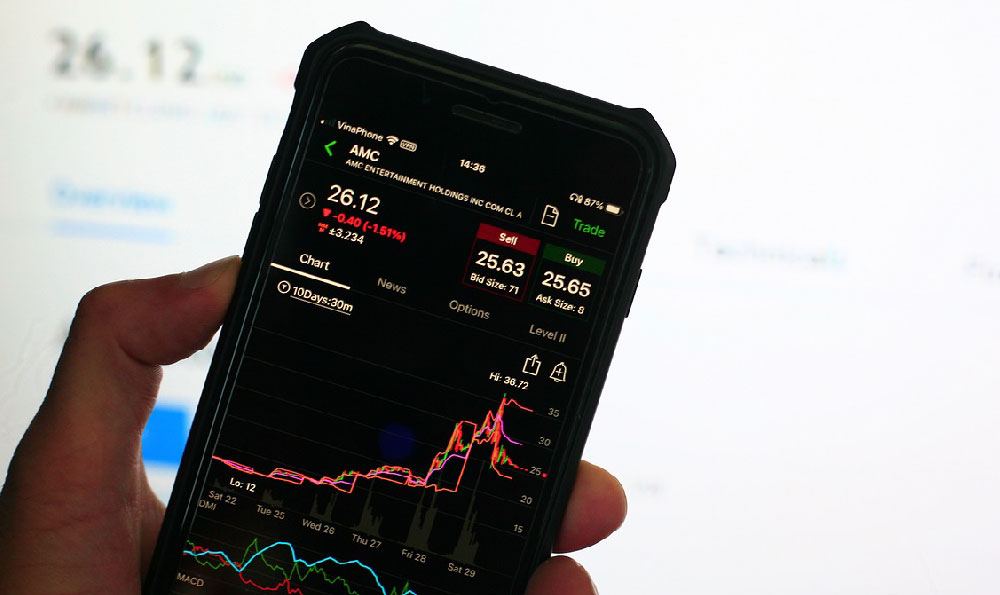
Future trading, often regarded as an enticing avenue for financial returns, operates on the principle of speculating on the future value of assets such as commodities, indices, or currencies. The allure of potentially substantial profits stems from its unique characteristics, yet the actual earnings hinge on a complex interplay of market dynamics, personal strategies, and external factors. While some traders achieve remarkable gains, others encounter significant losses, underscoring that no definitive answer exists for how much can be earned. Instead, understanding the mechanisms that govern this market and the variables that influence outcomes is essential for anyone contemplating participation.
The market's inherent volatility plays a pivotal role in determining potential returns. Futures contracts are influenced by a multitude of factors, including geopolitical events, economic indicators, supply and demand shifts, and investor sentiment. These elements can create rapid price fluctuations, offering opportunities for profit but also posing risks of sharp declines. For instance, during periods of economic uncertainty, commodities like gold may surge in value, while agricultural products might plummet due to weather disruptions. The key to capitalizing on these opportunities lies in anticipating market trends and leveraging them effectively. However, the extent of earnings is contingent on how accurately these predictions align with actual market movements.
Leverage, a defining feature of futures trading, amplifies both gains and losses. Traders can control large positions with relatively small capital, which accelerates profit potential. Yet, this same feature exposes them to heightened risk, as adverse price movements can lead to margin calls or even account liquidation. The degree of leverage varies by broker and contract, with some offering ratios as high as 100:1. While this can multiply returns, it also requires meticulous risk management. A trader who uses excessive leverage without a solid risk strategy may face catastrophic losses, especially during sudden market corrections.

Profitability in futures trading is also shaped by the trader's approach. Successful traders often employ disciplined strategies, such as trend following, breakout trading, or carry trade, each with its own risk-reward profile. Trend following, for example, aims to capture prolonged directional movements in prices, typically generating modest but consistent returns. Breakout strategies, on the other hand, target rapid price changes, offering the potential for larger gains but requiring faster decision-making. The choice of strategy can be influenced by market conditions, with certain approaches performing better during bullish markets and others excelling in bearish environments. The effectiveness of these strategies is not guaranteed, as market behavior can be unpredictable and influenced by external shocks.
The timeframe of trading further impacts earnings. Short-term traders may capitalize on intraday movements or weekly fluctuations, while long-term traders focus on broader market cycles. The latter approach often emphasizes fundamental analysis and can yield more stable returns, albeit with slower growth compared to aggressive short-term strategies. However, long-term traders must remain vigilant against shifts in market fundamentals, which can erode profits over time. The relationship between time horizon and returns is nuanced, requiring a balance between patience and responsiveness to changing conditions.
Another critical factor is the trader's level of experience. Futures markets demand a deep understanding of technical analysis, market psychology, and risk management principles. Novices often struggle with these complexities, leading to suboptimal outcomes. Experienced traders, by contrast, can navigate these challenges more effectively, using their knowledge to make informed decisions. However, even seasoned traders face the risk of unexpected market events, highlighting that expertise does not guarantee profitability. The learning curve in this field is steep, requiring time, practice, and continuous education.
Moreover, the cost structure of futures trading cannot be overlooked. Transaction fees, spreads, and margin interest all reduce net returns. Brokers may charge varying fees for different contracts, and spreads can widen during periods of heightened volatility, increasing the cost of entering and exiting positions. Margin interest, when traders borrow funds to increase leverage, adds an additional expense that impacts overall profitability. These costs, while often small, can significantly affect earnings over time, especially for traders with high transaction volumes.
The psychological aspects of trading also play a crucial role. Emotions such as fear, greed, and impatience can cloud judgment, leading to irrational decisions. For example, a trader might hold onto a losing position due to emotional attachment, exacerbating losses. Conversely, the fear of missing out can drive excessive risk-taking, increasing the likelihood of significant drawdowns. Developing emotional discipline is therefore essential, enabling traders to adhere to their strategies and avoid common pitfalls.
Ultimately, the amount earned through futures trading varies widely, depending on an individual's ability to manage risk, adapt to market changes, and maintain discipline. While some may achieve substantial returns, others may struggle to break even. Success in this market is not a matter of luck but of skill, requiring a combination of knowledge, experience, and strategic thinking. For those willing to invest time in learning and practicing, futures trading can offer a pathway to financial growth, albeit one fraught with challenges and uncertainties.





